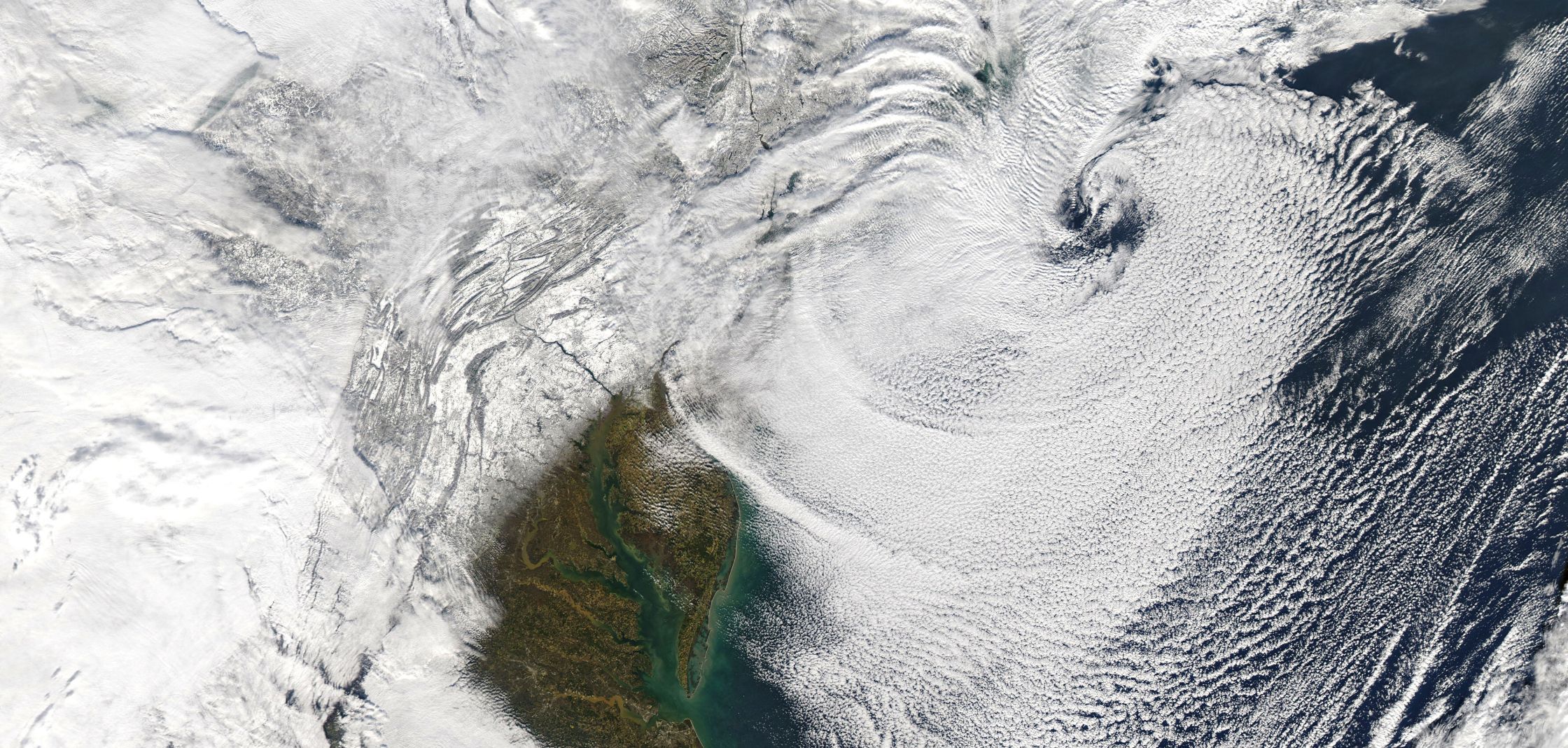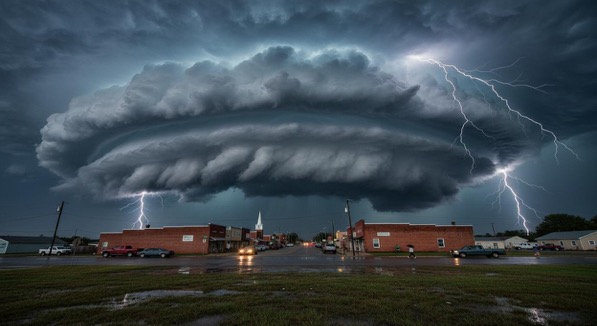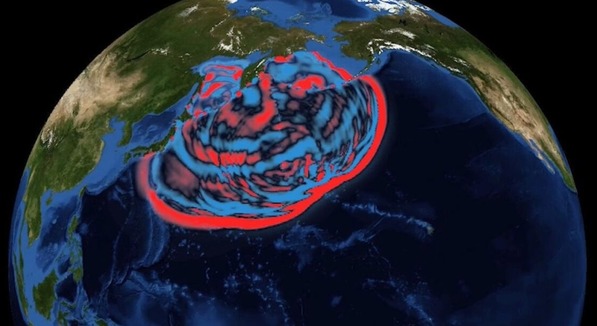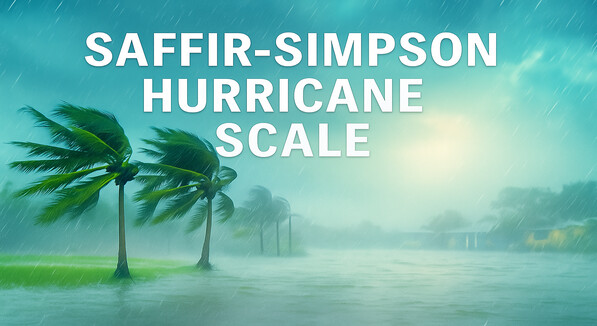
A Nor’easter is a storm along the East Coast of North America, so called because the winds over the coastal area are typically from the northeast. These storms usually develop in the latitudes between Georgia and New Jersey, within 100 miles east or west of the East Coast. These storms progress generally northeastward and typically attain maximum intensity near New England and the Maritime Provinces of Canada. They nearly always bring precipitation in the form of heavy rain or snow, as well as winds of gale force, rough seas, and, occasionally, coastal flooding to the affected regions. The heavily populated region between Washington D.C., Philadelphia, New York and Boston, the “I-95 Corridor,” is especially impacted by Nor’easters.
The U.S. East Coast provides an ideal breeding ground for Nor’easters. During winter, the polar jet stream transports cold Arctic air southward across the plains of Canada and the United States, then eastward toward the Atlantic Ocean where warm air from the Gulf of Mexico and the Atlantic tries to move northward. The warm waters of the Gulf Stream help keep the coastal waters relatively mild during the winter, which in turn helps warm the cold winter air over the water. This difference in temperature between the warm air over the water and cold Arctic air over the land is the fuel that feeds Nor’easters. For full article go to the National Weather Service public weather information page by clicking here
Related Articles:
- Winter Storms | A Preparedness Guide
- [OSHA] Protecting Workers From Cold Temperature Stress
- [OSHA] Three Ps of Safe Winter Driving
- How wind chill is calculated
- What is Hypothermia?
- What is Frostbite?
- Protecting Pets in an Emergency
- Winter Weather Alerts by Email and Text Message
- iAlert.com and iAlert.com Weather Alert Services



